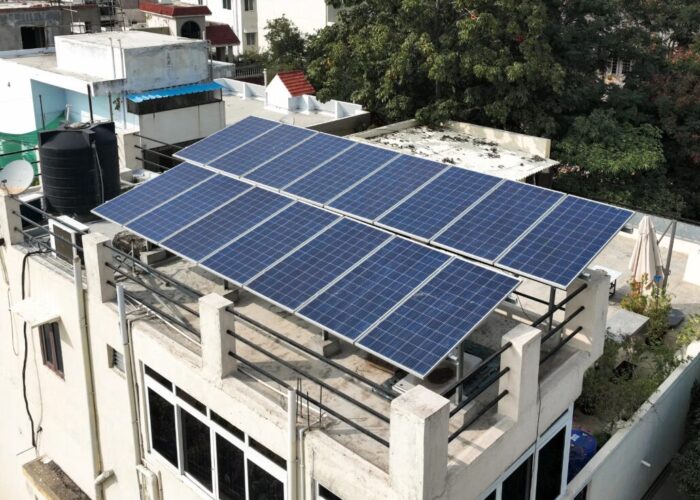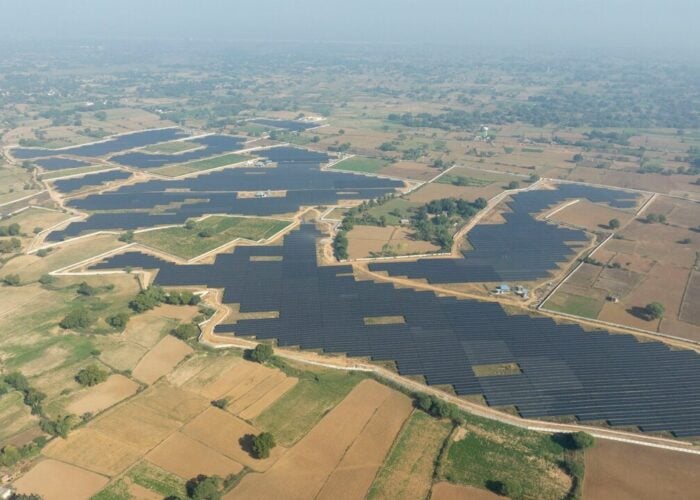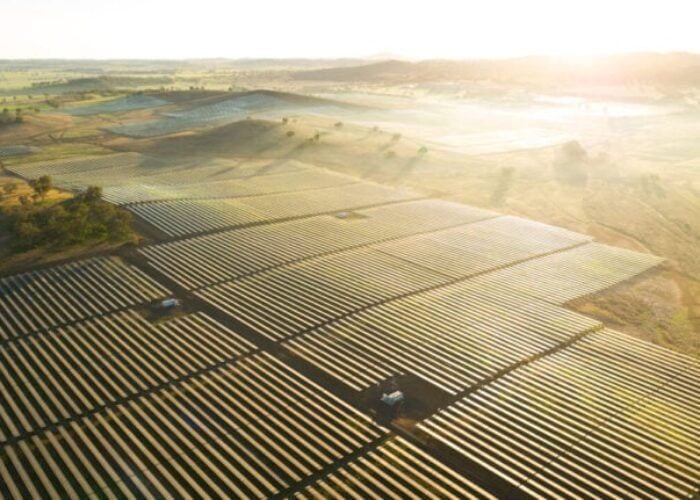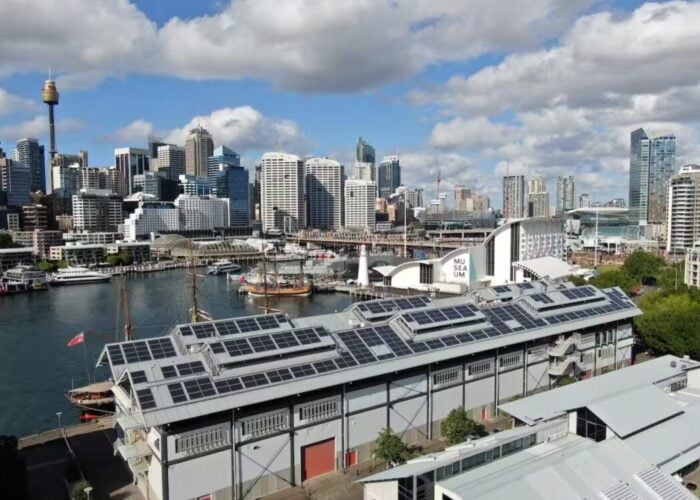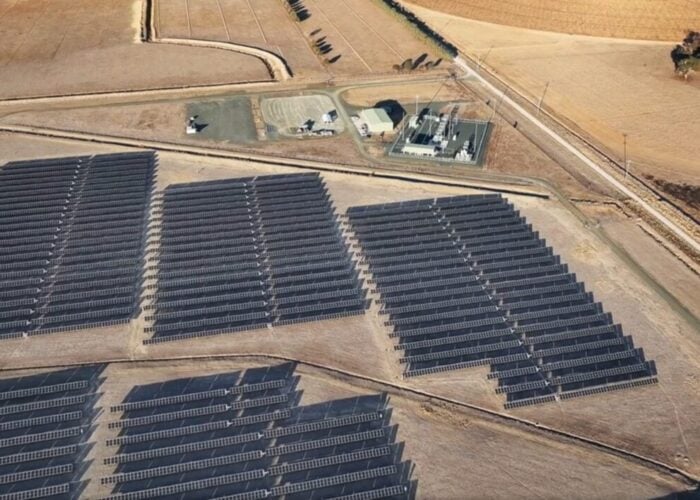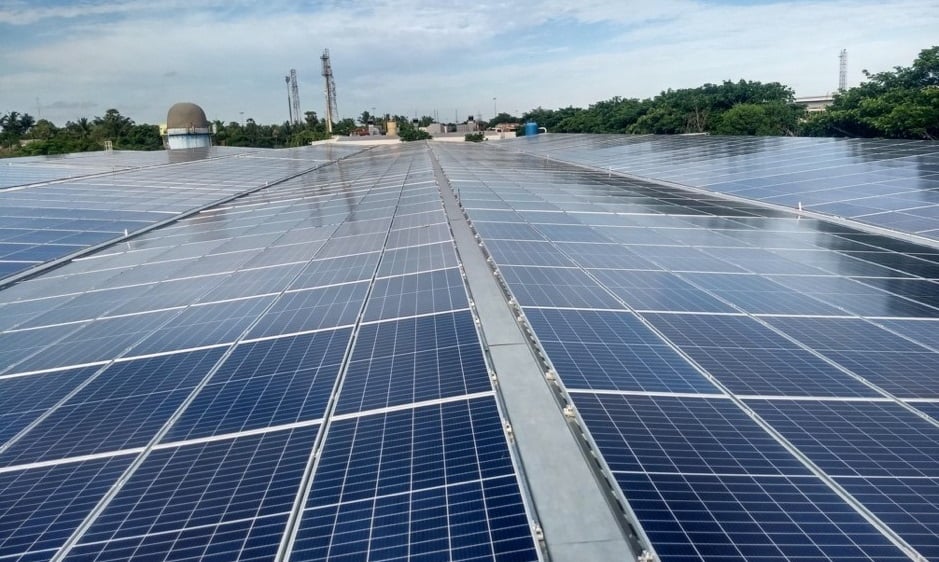
Distributed generation is the future of solar PV in China, with 48GW expected to be deployed next year in the country, according to Frank Haugwitz, director of Europe Asia Clean Energy Advisory Company.
The comments were made during a ROTH Capital webinar on upstream manufacturing, technology and the industry’s outlook in China.
Try Premium for just $1
- Full premium access for the first month at only $1
- Converts to an annual rate after 30 days unless cancelled
- Cancel anytime during the trial period
Premium Benefits
- Expert industry analysis and interviews
- Digital access to PV Tech Power journal
- Exclusive event discounts
Or get the full Premium subscription right away
Or continue reading this article for free
“Points of generation and consumption will drive structural changes and will take pressure away from the stretched grid system,” he said. Indeed, in the US, a recent report said the country needs to deploy a minimum of 103GW of distributed solar – which includes residential and commercial and industrial (C&I) applications – to achieve its climate goals.
While China is predicted to deploy 24GW of distributed generation in 2021, Haugwitz expects this to double next year to 48GW. Broken down, residential solar will grow from about 16GW to 21GW, said Haugwitz, with the largest growth coming from the C&I sector, which will more than triple in the next year from around 8GW in 2021 to 27GW next year.
One factor driving this growth is the high cost of land in China’s eastern regions. “Land is becoming more expensive, so rooftops are becoming the market preference,” said Haugwitz.
Another is subsidies. While the current understanding is that state support for rooftop solar – currently at RMB500 million per year – is soon to be withdrawn, Haugwitz said it was a possibility that an extension could occur. Moreover, certain city regions and urban areas are offering municipal support to encourage the widespread deployment of distributed energy systems.
City guidelines in China have encouraged rooftop solar as a means to green cities, with city level subsidy schemes serving to boost demand. Haugwitz pointed to Shanghai, which aims to peak its carbon emissions in 2025, five years earlier than China’s national target, and has seen an explosion of rooftop solar in recent years.

